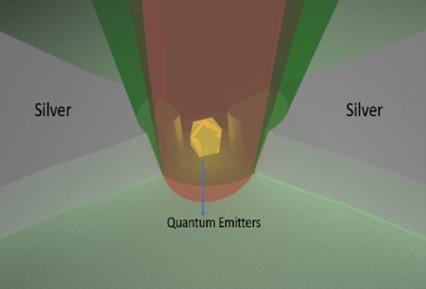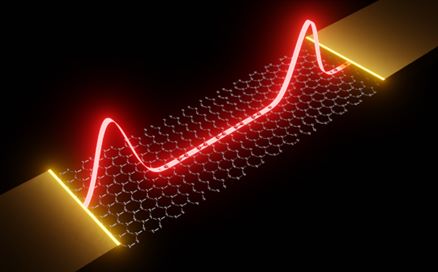Research areas
POLIMA will explore and manipulate polaritons in flatland, in engineered meta-surfaces interfacing light-emitting quantum systems or serving as light sources themselves.
Expanding the frontiers of information and communication technology (ICT) remains an important societal challenge, also calling for development of quantum perspectives. In this context, EU considers photonics a key-enabling technology (KET) that can fuel emerging quantum-information processing. While integrated photonic devices suffer from inherently weak, hard-to-control coupling of light with matter, polaritonic configurations have emerged as a new paradigm that drives nanoscale light–matter interactions in solid-state systems to entirely new regimes.
Polaritons represent hybrid light–matter states, in which electromagnetic (EM) waves are coupled with dipole-active matter excitations such as plasmonic electron oscillations in metals, excitonic electron-hole pairs in semiconductors, or phononic lattice vibrations. With the emergence of 2D materials—from crystalline ultrathin metal flakes to graphene and transition-metal-dichalcogenide monolayers—polaritons can be explored and manipulated in flatland, in engineered metasurfaces interfacing light-emitting quantum systems, or serving as light sources themselves. Enabled by concerted efforts from fundamental theory, nano- and quantum-optics experiments, low-dimensional material synthesis, advanced nanofabrication, and atomic-scale material characterization, Center for Polariton-driven Light–Matter Interactions—POLIMA—embraces a curiosity-driven exploration with new paradigms intersecting quantum optics and polaritonic matter.
POLIMA Research Areas
-
![Probing_of_electrodynamics_in_solid-state_matter_ with_2D_plasmon_polaritons]()
Probing of electrodynamics in solid-state matter with 2D plasmon polaritons
Polaritons in 2D materials (graphene, hBN) act as probes for the surface and quantum properties of metals and semiconductors
-
![Exciton polaritons for strong-coupling and tunable quantum-light sources]()
Exciton polaritons for strong-coupling and tunable quantum-light sources
Controlled coupling of quantum emitters to ultra-confined modes enables tunable quantum states of light and biophotonic applications.
-
![Polariton-driven nonlinear optics]()
Polariton-driven nonlinear optics
The light-focusing properties of polaritons are harnessed to trigger nonlinear optical control of light by light on the nanoscale.


